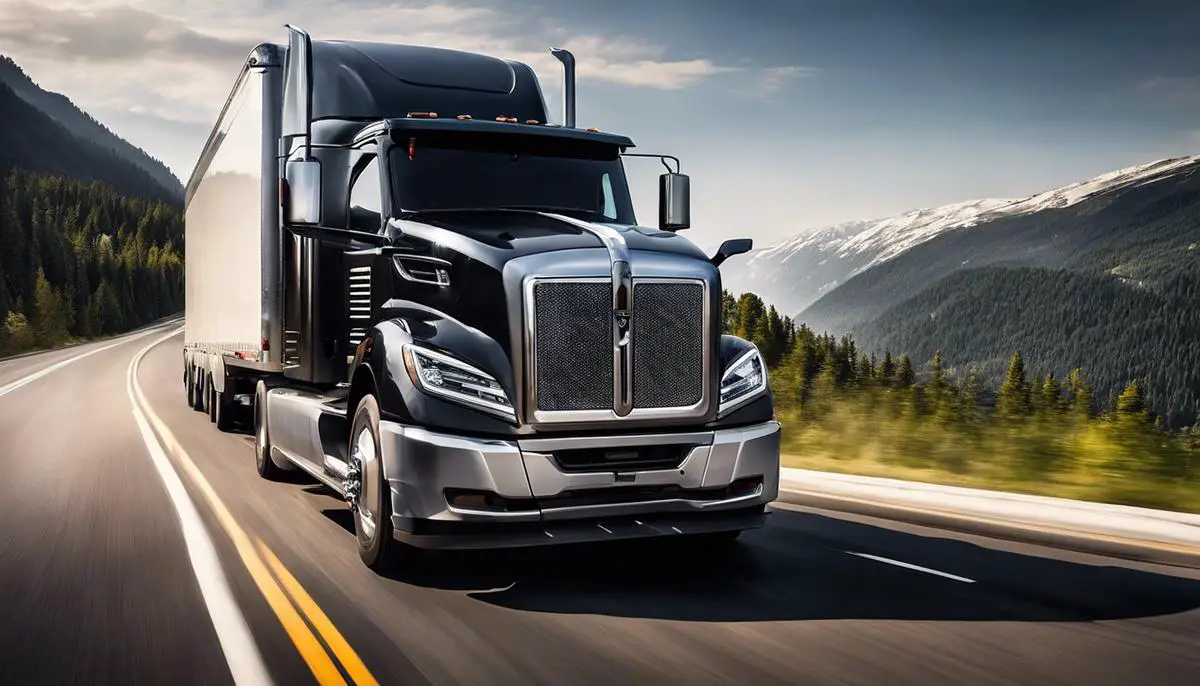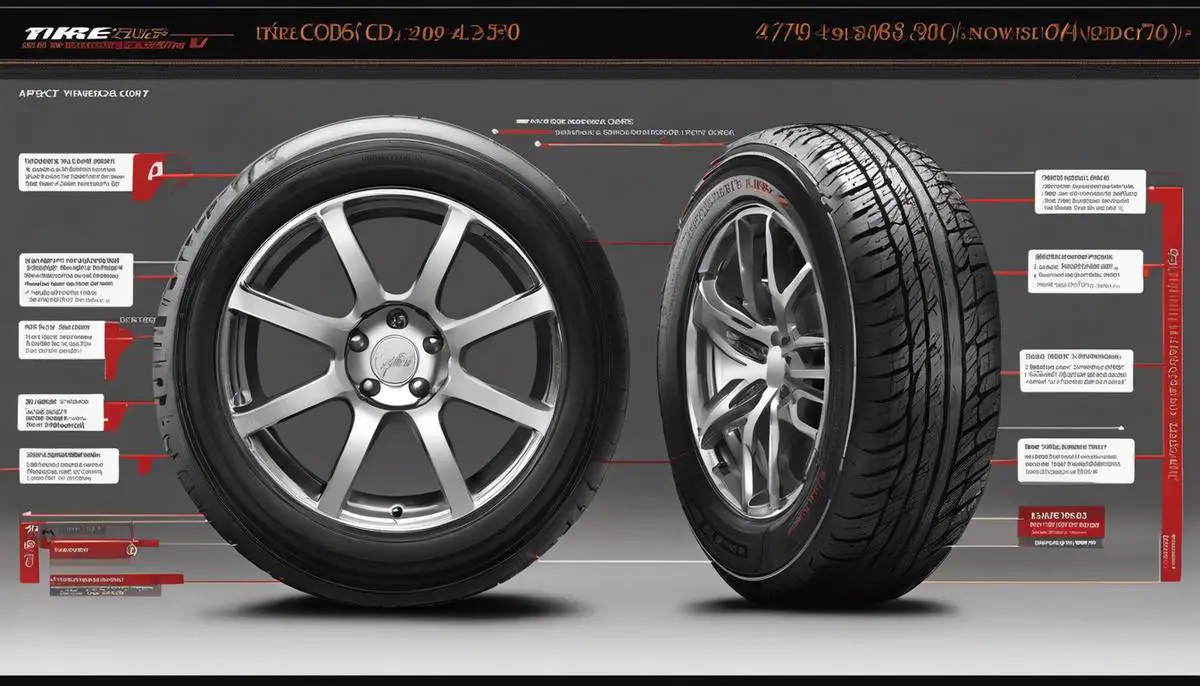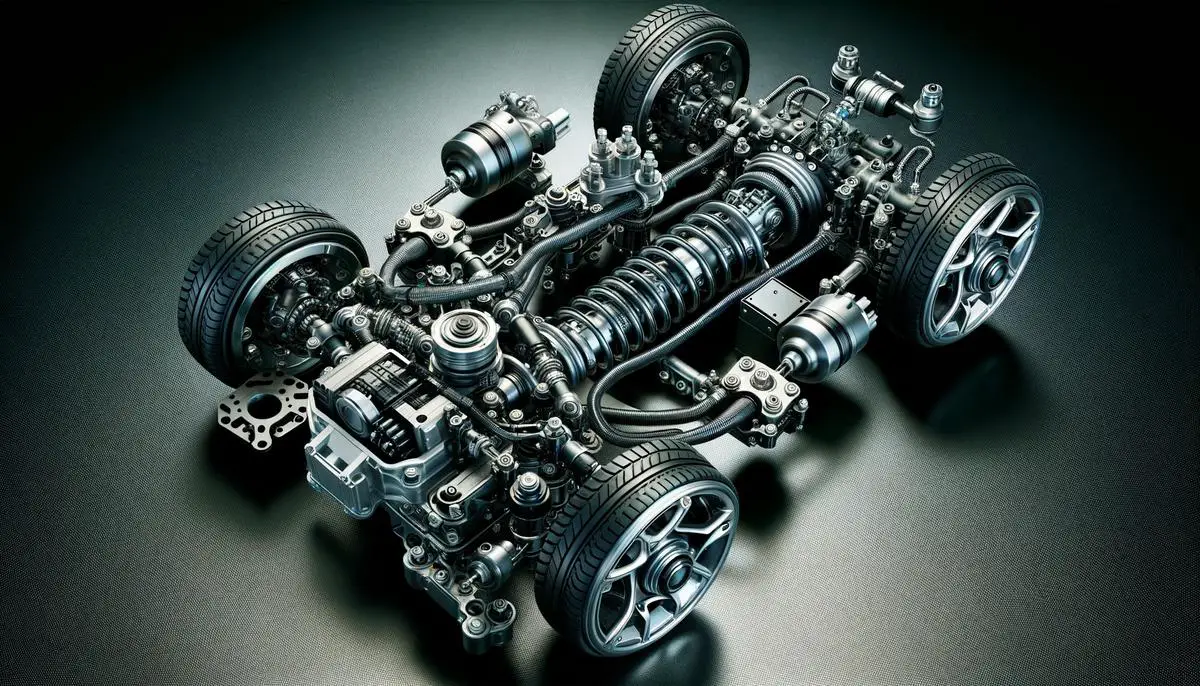For many, when purchasing a Sports Utility Vehicle (SUV) or a truck, the key deciding factors are often aspects like the make and model, horsepower, fuel efficiency, or even aesthetics. However, a crucial, often overlooked, component in the buying equation is the ‘towing capacity’. Unpacking the jargon, towing capacity essentially signifies how much weight a vehicle can pull safely. But there’s more to it than meets the eye. This includes understanding Gross Vehicle Weight Rating (GVWR) and Gross Combination Weight Rating (GCWR), each with their unique implications on vehicle performance and safety. Accurately determined towing capacity does not just enhance the vehicle’s power, handling, and endurance, but also the longevity of the vehicle itself.
Contents
Understanding Towing Capacity
Towing capacity. You’ve probably heard the term before, particularly if you’re an outdoor enthusiast who loves recreational activities such as boating, camping, or maybe even horse-back riding. But what does it really mean, and why is it so important to know? This article sheds light on this vital aspect of outdoor adventure.
Towing capacity, simply put, is the maximum weight that your vehicle can tow. It’s a measure directly determined by the vehicle manufacturer and it’s crucial to pay attention to – especially when you’re hauling heavy loads like a caravan, boat, or horse trailer. Going beyond the stated towing capacity can have serious implications, which range from stress on the vehicle to potential damage and even dangerous accidents.
So, how is towing capacity determined? That’s another excellent question. Every vehicle is different, and manufacturers use several factors to calculate towing capacity. These factors include the vehicle’s engine power, its frame strength and stability, the braking system’s capacity, and even transmission design. All these aspects work in tandem to ensure your vehicle can tow a certain load safely and efficiently.
Towing capacity can typically be found in the vehicle’s owner’s manual or on a sticker inside the driver’s door frame. Remember, it’s always better to know this before hauling anything, rather than finding out you’ve gone over the limit when it’s too late!
When considering the load to tow, it’s also essential to include the weight of everything inside the vehicle and trailer. Think of the passengers, the camping gear, the coolers, the extra fuel, the water tanks – all these add up and shouldn’t be ignored. This total weight, referred to as Gross Combined Weight Rating (GCWR), should not exceed the vehicle’s towing capacity.
But sometimes, even if you’re within the towing limits on paper, the vehicle may struggle on steep inclines, or have difficulties in braking on descents. It’s advisable to do a test drive in a safe locale or talk to others who have towed similar loads with the same vehicle model. It can help you understand how the vehicle will perform.
The concept of towing capacity is not just important – it’s vital. Knowing the towing limit of your vehicle can make all the difference between a memorable adventure and a potentially dangerous situation. So, before you hitch up that boat or caravan, check your vehicle’s towing capacity. Plan thoroughly and you’re guaranteed an enjoyable and safe journey!

The Role of Towing Capacity in SUVs and Trucks
In discussing anything as pertinent as towing capacity in SUVs and trucks, it’s only fitting that we delve deeper into this field of interest after having laid a firm groundwork. So, let’s dive further into the subject matter.
Understanding the science behind towing isn’t something we can sweep under the rug, especially when we consider the variety of tasks these vehicles can perform. Here’s something intriguing: the towing capacity of a vehicle isn’t just a random number plucked from thin air, but a precise calculation based on the manufacturer’s design and testing. For the more adventurous out there, sometimes, hitching a trailer to your vehicle for that outstation music festival you’ve always dreamt of going to becomes a reality. As we’ve established earlier, exceeding the said threshold could lead to unpleasant mishaps, like structural damage or engine strain – nobody wants that, right?
This is an interesting bit – did you know that payload and towing capacity are siblings but not identical twins? They both fall under Gross Vehicle Weight Rating (GVWR), but differing in function and region. While payload refers to the weight a vehicle can carry within its cabin and truck bed, towing capacity speaks specifically to what it can pull behind. The relationship between these two elements is more or less like a seesaw, if one increases, the other one decreases.
Now, we should take note of the vehicle’s Gross Combined Weight Rating (GCWR). This value is the combined weight of the vehicle, its passengers, cargo, trailer, and the trailer’s cargo. Surpassing this value could put one in the danger zone.
Truly, the journey to buying a vehicle is not just about the aesthetic appeal or price tag but also the mechanics backing its functionality. So, before taking the plunge, it’s always advisable to get insider input from current owners. Online forums are virtual gold mines of information where you can find answers to most of your queries. In essence, the “knowledge is power” mantra holds true for this realm of our interest. As with any hobby or field of interest, passion coupled with accurate insight ultimately results in satisfaction and safety.
The last bit, but certainly not the least, is braking power. Remember, the more weight you haul, the longer it takes to stop. In simpler terms, there lies an inverse relationship between braking and weight. Importantly, do vehicles with more towing capacity have better brakes? Not necessarily, as the quality of brakes largely depends on the model of the vehicle. Therefore, while deciding on your next truck or SUV with hauling purposes in mind, diligence is not just an option, but a necessity.
In conclusion, towing capacity isn’t just a rote number in the manual; it’s the ticket to a safer and more capable driving experience, lending greater value to your SUV or truck. And isn’t that, after all, what owning these wonderful machines is all about?
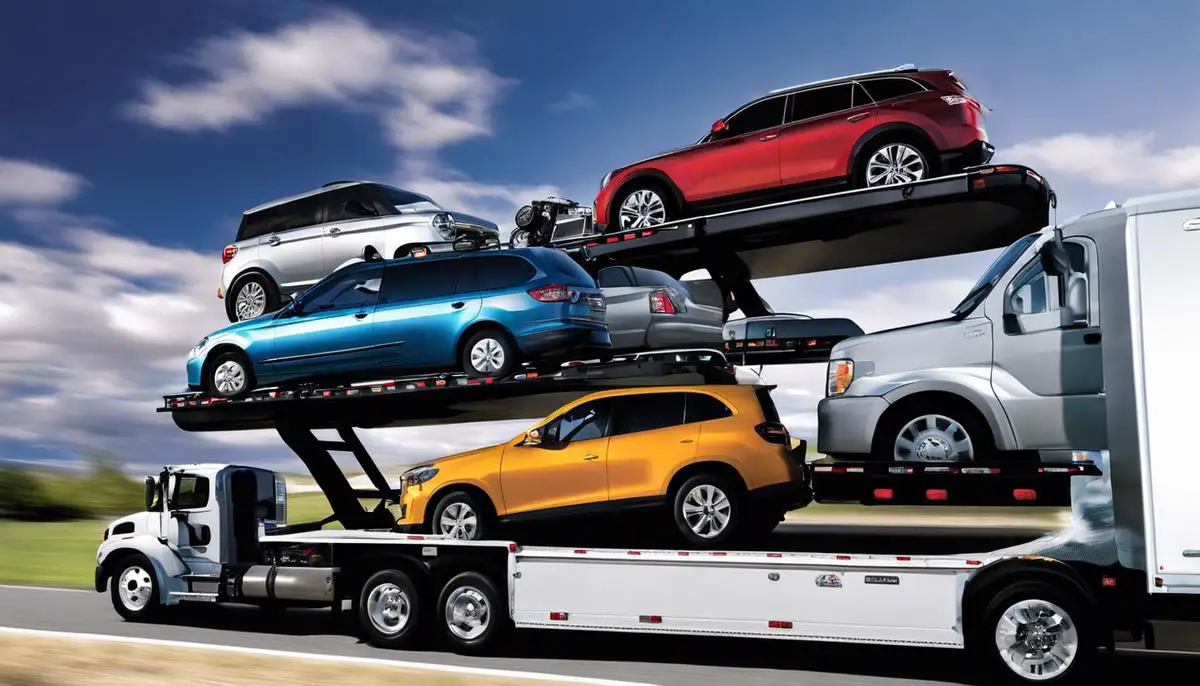
How to Maximize Towing Capacity
Strategies to Optimize Towing Capacity in Your SUV or Truck
Gearing up to increase the towing capacity of your SUV or truck? Here are some efficient strategies to explore.
- Upgraded Tires: Towing puts extra strain on your vehicle’s tires because of the additional load they have to support. Upgrading to heavy-duty, high-capacity tires may grant your car extra towing abilities. It’s not just about increasing the size, but also the tire’s load range and ply rating. Make sure to seek premium quality tires suited for towing purposes, offering appropriate grip and stability.
- Suspension Kits: The suspension system absorbs the shock of the road and helps maintain balance while driving. An upgrade to a more robust suspension system can significantly improve the overall towing capacity. Towing, especially heavy loads, puts a lot of pressure on the rear end of your vehicle. Equalizing that pressure with a robust suspension system reduces the strain on your vehicle.
- Engine and Transmission Cooling Systems: Towing will exert increased stress on your engine and transmission – they’ll heat up faster. Enhancing your vehicle with extra cooling capabilities safeguards these essential components from overheating. Consider an auxiliary transmission cooler and an engine oil cooler.
- Upgrade to a Higher Axle Ratio: If you’re serious about boosting towing capacity, consider modifying your vehicle’s axle ratio. A higher axle ratio provides more towing power; however, it reduces fuel efficiency. Therefore, this upgrade is more suitable for those frequently towing heavy loads.
- Proper Hitch Setup: A minor but essential upgrade is the hitch setup. The right hitch can help distribute the load evenly, providing better stability and control. There are various options, including fifth wheel and gooseneck hitch setups, for heavy-duty towing. These setups offer increased maneuverability and balance, enhancing the towing experience.
- Use of Towing Mirrors: Towing mirrors extend your field of vision, helping you keep an eye on your trailer. While they don’t directly enhance towing capacity, they contribute to its safe execution, which is just as crucial.
Remember, while these strategies can optimize towing capacity, they won’t necessarily increase the manufacturer’s specified payload or Gross Vehicle Weight Rating (GVWR). Safety should always remain a priority. These upgrades not only enhance towing power but also ensure safer rides while pulling those heavy loads. Happy towing!
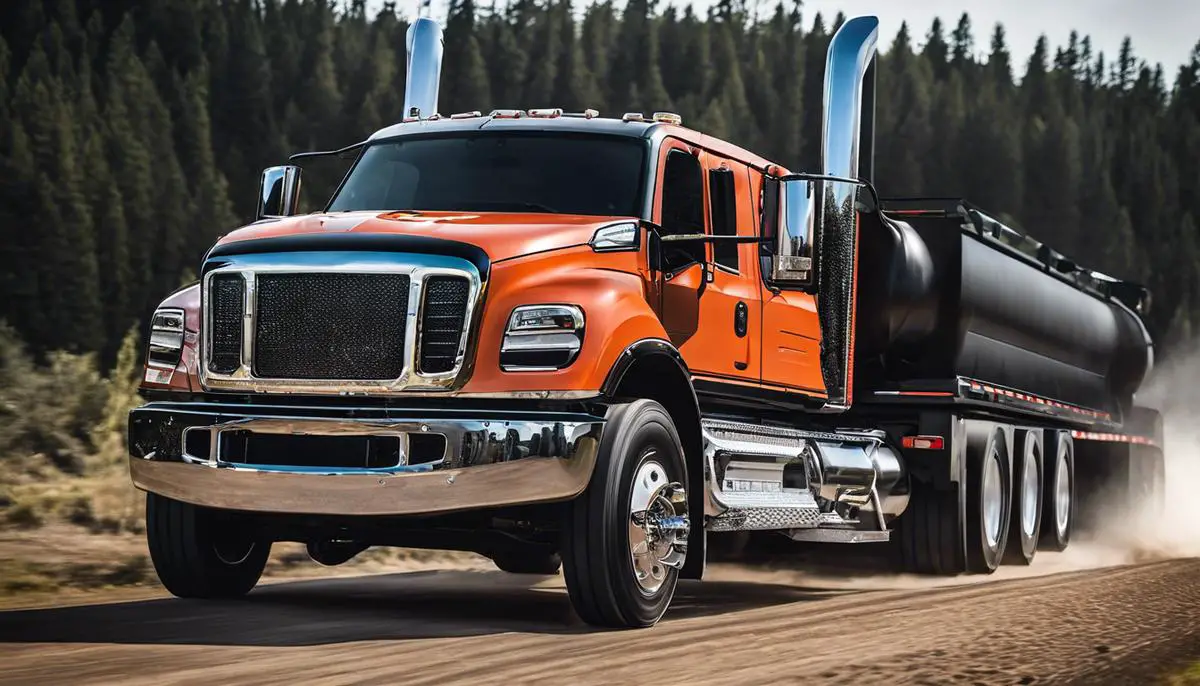
Maximizing the towing capacity of your SUV or truck doesn’t have to be a daunting task. Certainly, understanding your GVWR and GCWR is one step towards leveraging your vehicle’s full potential. But it also takes regular vehicle maintenance and specific consideration towards some simple modification strategies. After all, not all loads are created equal, and your vehicle’s towing capacity can be the difference between a job well done or a costly mishap. In essence, investment into understanding and maximizing towing capacity is also a wise investment into your vehicle’s performance, safety, and overall lifespan.
